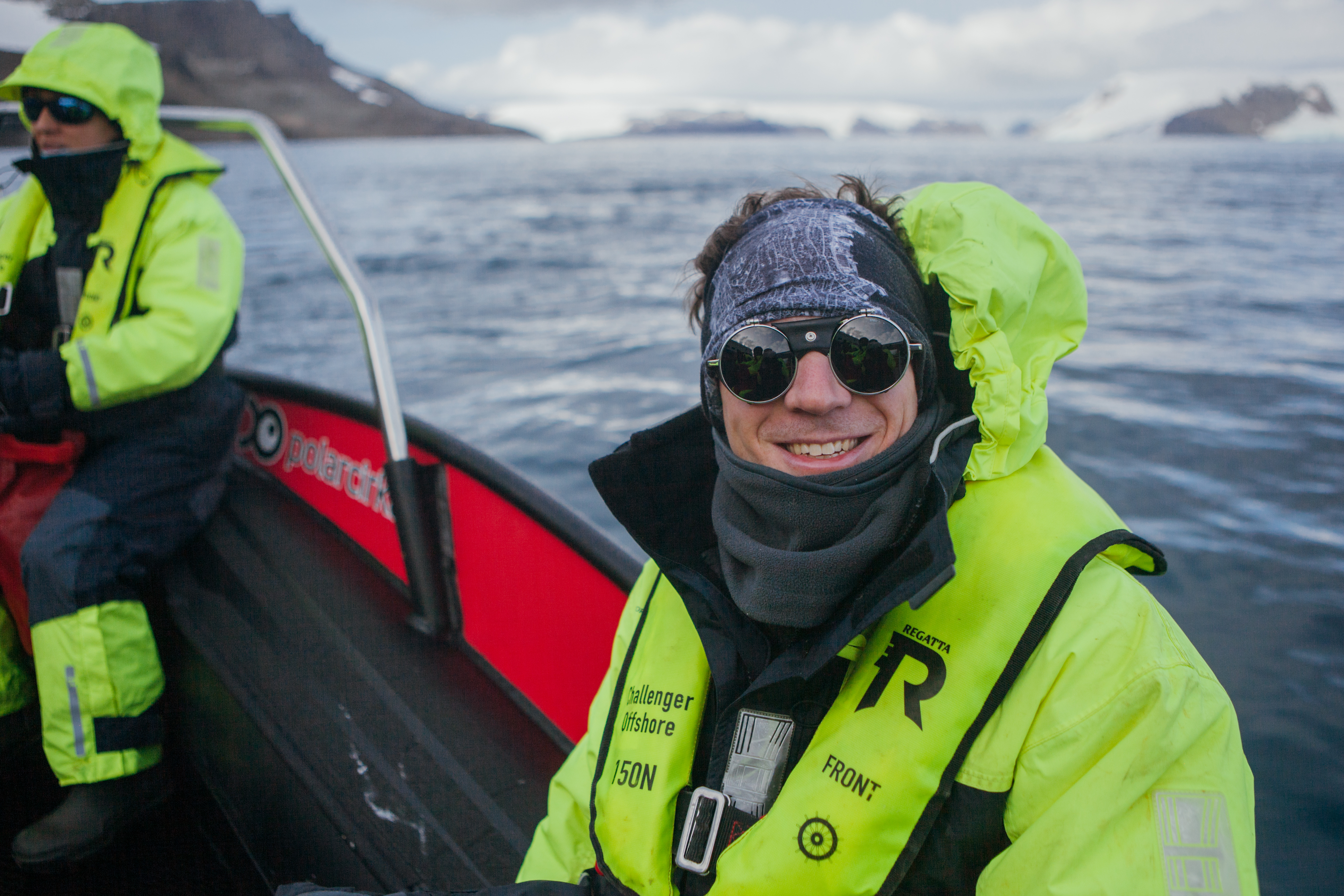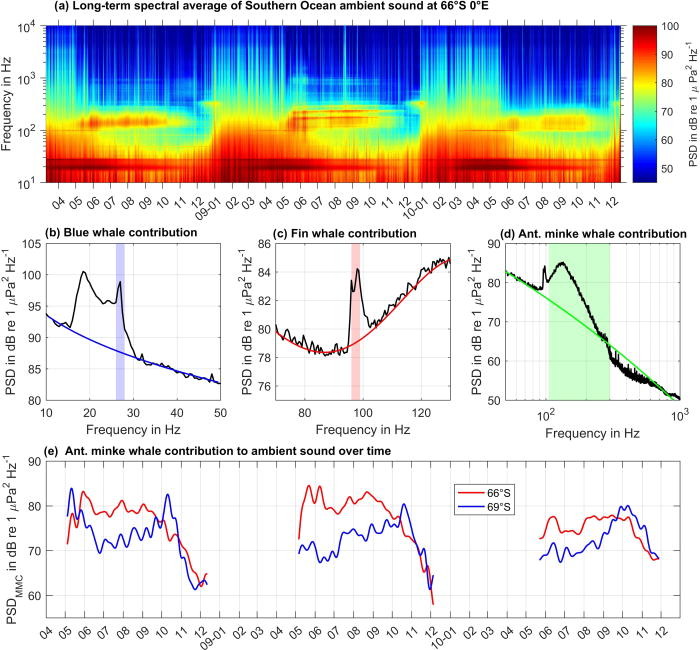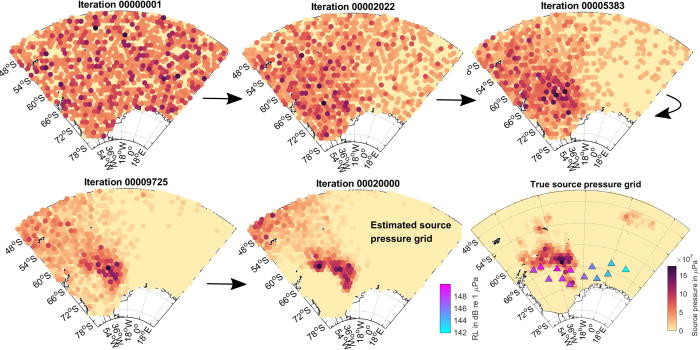Choruses reveal Antarctic whales' whereabouts

In daylight you can often spot whales from a boat in the Southern Ocean. In the dark, it’s harder to catch sight of them.
Photo: Oda Linnea Brekke Iden / Institute of Marine ResearchPublished: 27.04.2020 Updated: 06.08.2021
The Southern Ocean, the enormous body of water that encircles Antarctica, is home to many whales and seals. The only problem is finding them. Of course you can go out on a boat and search, but it requires lots of time and manpower, and much of the year it’s anyway pitch black.
To learn more about what’s hiding in the depths of the oceans, researchers have therefore put out a network of listening buoys. This allows them to record the characteristic sounds made by the various species of seals and whales.
“It’s a good way to fill the gaps between research cruises”, says marine scientist Sebastian Menze.
On a hard drive in his office, he has many years’ worth of recordings from the listening buoys in the Southern Ocean. Together with colleagues at the Institute of Marine Research (IMR) and internationally, Menze is working to develop methods to identify whales and seals within the soundscape.
“We want to use that information to estimate where the marine mammals are and how they migrate. As the Southern Ocean is so remote and big, it’s hard to rely on data from the sparse scientific cruises only”, says Menze, a PhD fellow at the IMR.

A choir of whales
Analysing sounds in the natural environment is known as “passive acoustic monitoring”. The method is used both on land and at sea, and it has provided us with lots of new information in recent years.
“For example, researchers have found out that some whales overwinter in the polar regions instead of migrating to warmer waters”, says Sebastian Menze.
However, it isn’t entirely easy to use the method to survey marine mammal populations. Firstly, you need to know what sounds the various animals make, which can vary between species, within species, and by time of day and season.
Menze and his colleagues are particularly interested in four species – the blue whale, fin whale, minke whale and leopard seal – which together form an ocean “choir”. This is the result of the abundant, low-frequency sounds made by individual animals being layered on top of one another.

A quiet ocean, full of sound
As well as the animal sounds, the scientists need to know about the background noises in the area, so they can distinguish the animals from those sounds. One advantage of the Southern Ocean is that there is very little noise from shipping and industry compared with other regions.
“The Southern Ocean is considered one of the last ‘quiet’ oceans in the world. Although waves and storms make a lot of noise in the summer, it is still quieter than further north, where shipping and seismic surveys generate lots of noise”, says Menze.
It is also a challenge to put out microphones in the right places and the right distance apart. Menze explains that sound travels four times faster through the ocean than air, and that the sounds made by blue whales can be heard up to 100 km away. Each microphone can therefore cover a large area.
Mathematical “Mastermind”
Last, but not least, you need a method for calculating where the animals are based on the sound signals.
In a recently published scientific paper, Menze used a so-called inversion method. Put simply, this involves performing various simulations and getting them to match the “correct answer” from the audio recordings as closely as possible.
He compares the method to the board game Mastermind: you start with a random selection of coloured pegs, before gradually correcting your errors until you reach the right answer.
In Menze’s research, computers “play Mastermind” with the audio recordings from the Southern Ocean, using algorithms they have been fed by the researchers.

A few percent of former levels
Menze hopes that this method will make it possible to calculate how whales and seals are distributed and migrate within and beyond the great Southern Ocean – a secret that we have previously been unable to decipher.
That information could play a vital role in our efforts to protect these fascinating creatures.
“The whales still contribute a lot of sound to the Southern Ocean soundscape these days. But the blue whale population, for example, is at just a few percent of its level before whaling started. Just imagine how high the blue whale sound levels would be with one hundred times as many whales”, says Sebastian Menze.
